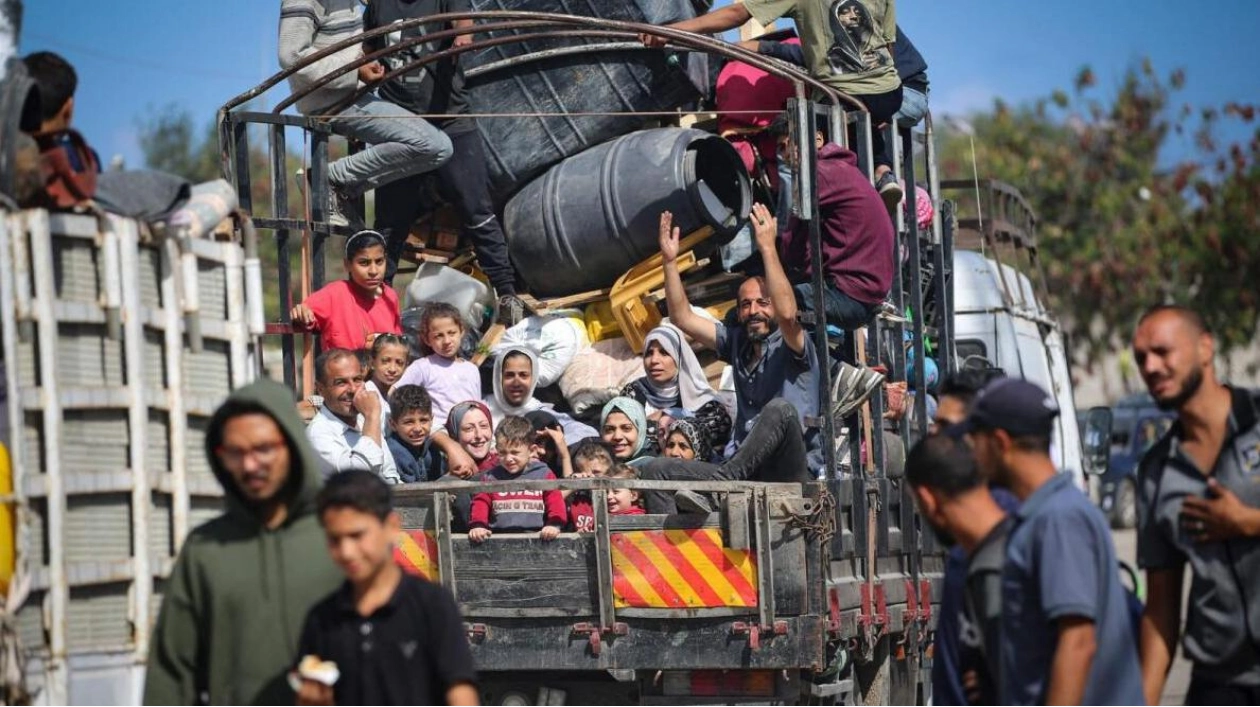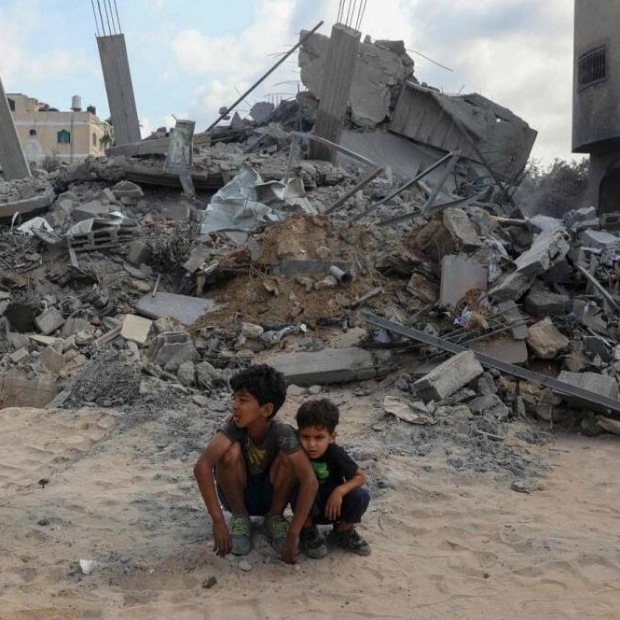As of August 12, Israel's self-proclaimed "humanitarian zone" in Al Mawasi has shrunk from 58.9 square kilometers at the beginning of 2024 to roughly 46 square kilometers, encompassing about 12.6 percent of the Gaza Strip. According to a UN Humanitarian Situation Update from the United Nations Office for the Coordination of Humanitarian Affairs (OCHA) - Occupied Palestinian Territory, the Israeli military has issued evacuation orders for approximately 305 square kilometers, or nearly 84 percent of the Gaza Strip.
Israeli airstrikes, ground attacks, and naval bombardments continue to be reported across much of the Gaza Strip, leading to additional civilian deaths, displacements, and the destruction of homes and civilian infrastructure, as per the Update. Ground incursions and intense combat are also ongoing. Palestinian armed groups have also launched rocket attacks into Israel.
Since July 4, the UN Human Rights Office (OHCHR) has documented 21 strikes on schools used as shelters in the Gaza Strip, resulting in at least 274 deaths, including women and children. This includes seven schools serving as IDP shelters that were hit since August 1: Dalal Al Mughrabi School on August 1, Hamama School on August 3, An Nasser and Hasan Salama schools on August 4, Al Zahra and Abelfattah Hamouda schools on August 8, and Al Tabi'een School on August 10.
On August 10, OHCHR condemned the escalation of Israeli military strikes on schools sheltering hundreds of thousands of displaced Palestinians, noting a disregard for the high civilian death toll. OHCHR stated: "Despite IDF claims that all precautions are taken to avoid civilian casualties, the repeated attacks on IDP shelters and their predictable impact on civilians suggest a failure to fully adhere to International Humanitarian Law (IHL), including the principles of distinction, proportionality, and precautions in attack."
UNICEF reports that more than half of the schools used as IDP shelters have been directly hit in the past 10 months, causing catastrophic effects for children and families. According to the latest assessment by the Education Cluster, which uses satellite imagery from July 6, 85 percent of school buildings (477 out of 564) were either directly hit (344) or damaged (133), including 264 public schools, 156 UNRWA schools, and 57 private schools.
Restrictions on access within Gaza, due to severe hostilities, the division between the north and south, and frequent evacuation orders, severely hinder the delivery of essential humanitarian aid to hundreds of thousands of vulnerable individuals across Gaza. Between August 1 and August 11, out of 85 coordinated humanitarian missions to northern Gaza, only 34 were approved by Israeli authorities, 32 were denied, 13 were obstructed, and six were canceled due to logistical, operational, or security issues. Similarly, out of 122 missions to southern Gaza, 63 were approved, 36 were denied, eight were obstructed, and 15 were canceled. Denied missions (68) account for about a third of planned missions since August 1.
The cumulative effect of these access constraints undermines efforts to meet urgent humanitarian needs, perpetuating a cycle of deprivation and distress among the affected population in Gaza, according to the update.






